Graf von Faber-Castell
Graf von Faber-Castell Pen Of The Year 2023 Ancient Egypt Rollerball
Graf von Faber-Castell Pen Of The Year 2023 Ancient Egypt Rollerball
Couldn't load pickup availability
Share
Dark, glassy and smooth – obsidian is a naturally occurring volcanic glass created when lava cools rapidly. The grip of the Pen of the Year 2022 is made of this cool, matt stone. Mictlāntēcutli – the god of the dead – adorns the end piece. The charcoal-grey barrel, which has a diamond-like carbon coating, has a military look to it. The walls found in Templo Mayor, which were made of rows of skulls, are the inspiration behind this design.
The Pen of the Year 2022 is inspired by the Aztecs, their culture, aesthetics and religious rituals. The rare gemstone turquoise was considered one of the most valuable treasures of the Aztecs. The blue-green stone was used as a decoration on knives, shields and masks. In the end piece of the barrel, as well as in the top of the cap, the turquoise is embedded in form of small discs. An engraving in the turquoise shows the eagle and the god of the dead adorned with feathers, reflecting the power and aesthetics associated with him. The charcoal-grey barrel of the Pen of the Year 2022, which has a diamond-like carbon coating, is adorned with countless small skulls, which are inspired by the walls found in Temple Mayor, which were built from skulls lined up in rows. The grip of the Pen of the Year 2022 is made of obsidian, a precious stone of volcanic origin. Thus, each Pen of the Year 2022, limited to 375 fountain pens and 125 rollerballs, is unique. According to prophecy, the Aztecs were to find their new home at the place where an eagle sitting on a cactus devours a snake. This cactus is embodied in the shape of the cap of the Pen of the Year 2022. The Aztecs settled in the place that is now known as one of the largest cities in the world: Mexico City.
Crown
“Description is useless, must be seen. Words cannot portray the impression left by this work of art,” noted Ludwig Borchardt when he discovered the bust of Nefertiti, one of the most iconic ancient Egyptian artworks, in 1912. The delicate bust of Nefertiti, whose name can be translated as “The Beautiful Woman has Come”, was crafted in around 1340 BC. The cap of the Pen of the Year 2023 is modelled on the striking shape of the blue crown (altiyjan) that the bust of Nefertiti is so famous for. Headdresses were significant in ancient Egypt. In addition to the blue khepresh, the pharaohs’ war crown, there was the red deshret, the Crown of Lower Egypt; the white hedjet, the Crown of Upper Egypt; and the Atef crown, a combination of the deshret and hedjet. Nefertiti’s tall cap-crown shape was rare. It is a symbol of Nefertiti’s position of power, which was at least equal to, if not higher than, her husband Akhenaten.
Lotus
The lotus flower (seshen), which represented regeneration and rebirth in ancient Egypt, provided the inspiration for the delicately engraved pattern on the end piece of the Pen of the Year 2023. The blue lotus – whose petals close up every day and sink into the water as the sun goes down, only to rise up once again as the sun comes back up – was highly revered in the ancient world. As one of the most significant symbols, the delicate plant graced alabaster vessels, jewellery, paintings and columns, and was used as a hieroglyph, often in connection with the gods.
Gold
In ancient Egypt, gold (nebu) was the symbol of power and wealth, and only the pharaohs were allowed to adorn themselves with it. Impressive pieces of jewellery, tools, vessels and masks made of gold are a testament to ancient Egypt as the most opulent land of gold in the ancient world. The peak of the Golden Age came under Akhenaten and Tutankhamun in around 1300 BC. Gold was also an emblem of the gods. Horus, often depicted as a falcon, was considered to be one of the most important gods. His famous Eye of Horus was found on amulets, coffins and funerary objects as a protective symbol. The mathematical proportions of the eye were also used for dosing ingredients when making medicine. Engraved in a 24-carat-gold-plated metal plate, the end piece of the Pen of the Year 2023 is also decorated with the Eye of Horus.
Hieroglyphs
Ornate hieroglyphs (medu neter) adorn the metal barrel of the Pen of the Year 2023: The names of twelve ancient Egyptian gods and goddesses are engraved in the diamond-like carbon coating on the metal. Hieroglyphs are considered to be the oldest form of Egyptian writing, with around 7,000 of them having been passed down to us. For more than 3,500 years, hieroglyphs were mainly used for rituals or religious purposes, but also to pass down knowledge from generation to generation. This writing system was the key to ancient Egypt evolving into an advanced civilisation and them being able to govern their territory. We are only able to decipher the detailed symbols today thanks to the discovery of the Rosetta Stone in 1822 – the impressive slab is inscribed in three different languages.
Scarab
The inlaid, reconstructed blue lapis lazuli engraved with a scarab (cheperer) shines bright in the end piece of the Pen of the Year 2023’s cap. The beetle was sacred in ancient Egypt and was seen as a lucky symbol on amulets, seals and coffins as well as a symbol of the sun that represented life and rebirth. Whenever the Nile rose above its banks, the beetles would move away from the water and represent an early signal to the people of the eagerly anticipated flood. The deep blue of the lapis lazuli was a new colour back then that became associated with water and the divinity of the night sky. It was used for lavish jewellery pieces, the pharaohs’ clothing and relics. The royal blue in the mask of Tutankhamun is striking, as is the blue make-up of Cleopatra, who saw herself as the embodiment of the goddess Isis.
Pharaohs
The mask of Tutankhamun, one of the most famous and impressive finds from ancient Egypt, weighs a massive 12 kilos. The grip of the Pen of the Year 2023 is inspired by the stripes of gold and lapis lazuli as seen on the pharaoh's (per-aa) nemes head cloth. 24-carat-gold-plated metal rings and blue rings meticulously hand-painted with several coats call to mind the valuable headdress reserved solely for the pharaohs. Tutankhamun’s burial chamber, which was lined with pure gold, was discovered in the Valley of the Kings in 1922. It contained many artefacts, including his gold throne and a chariot. As an important part of the Egyptian belief system, embalming and mummifying the body was part of the ceremony to enter the afterlife.



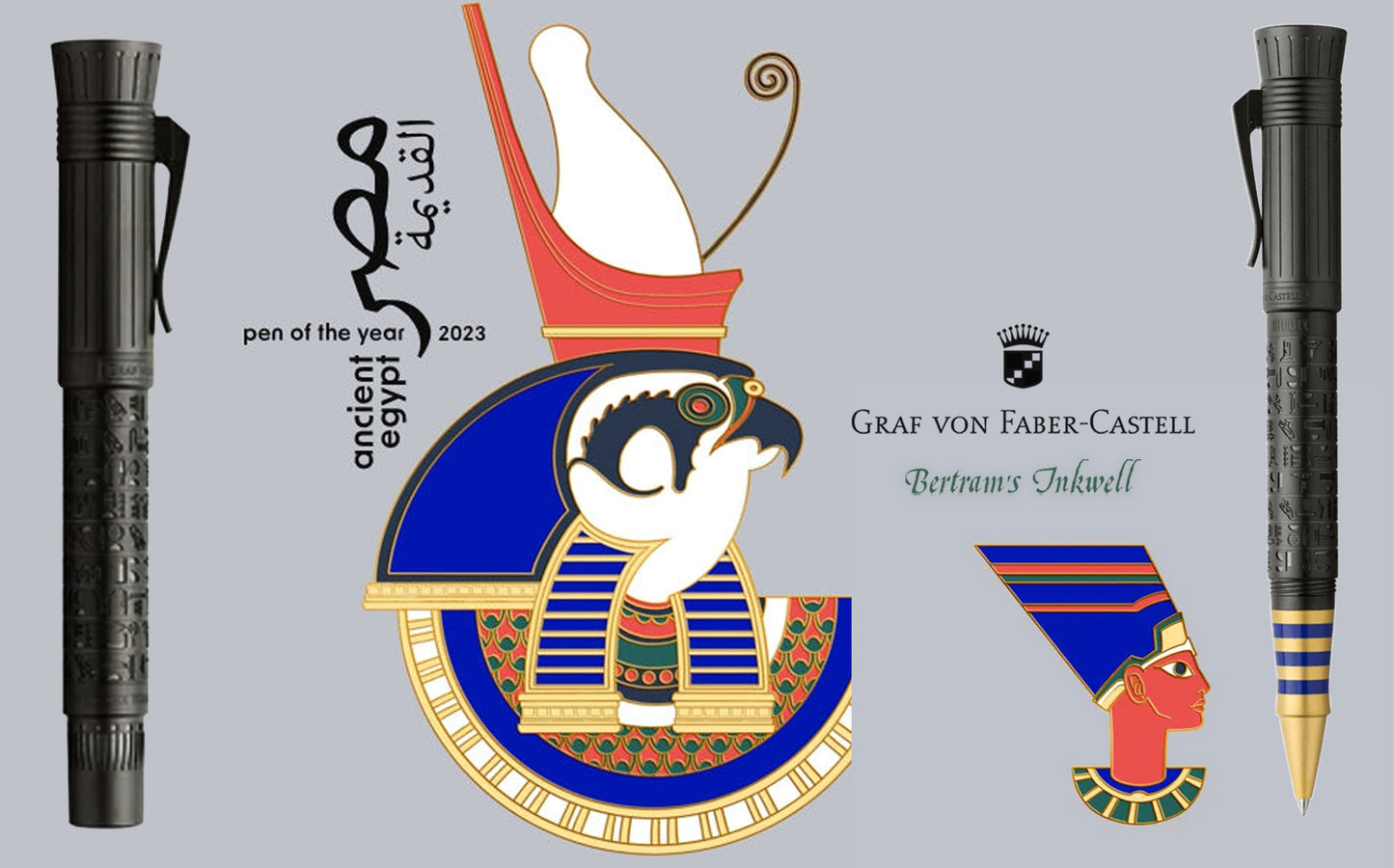
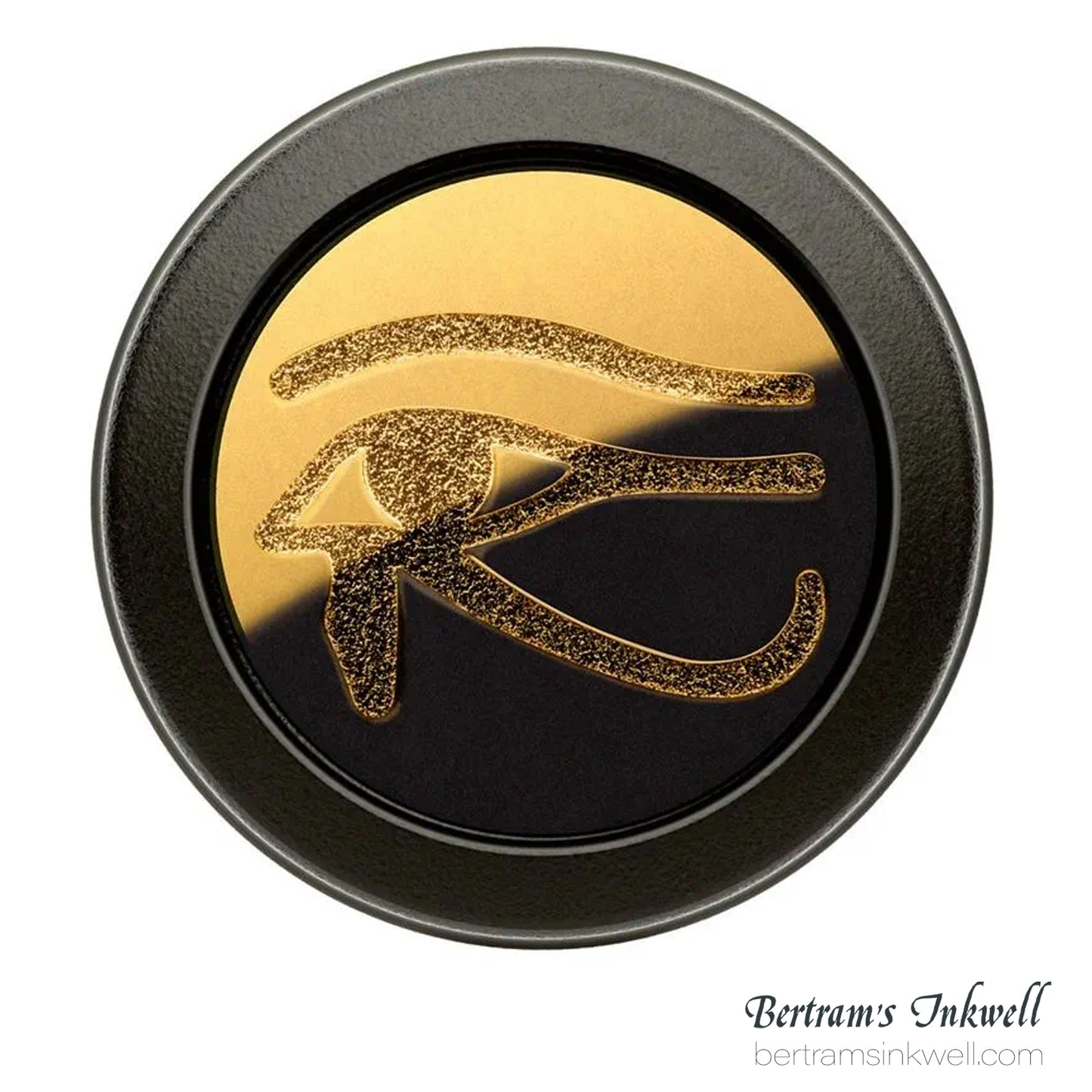
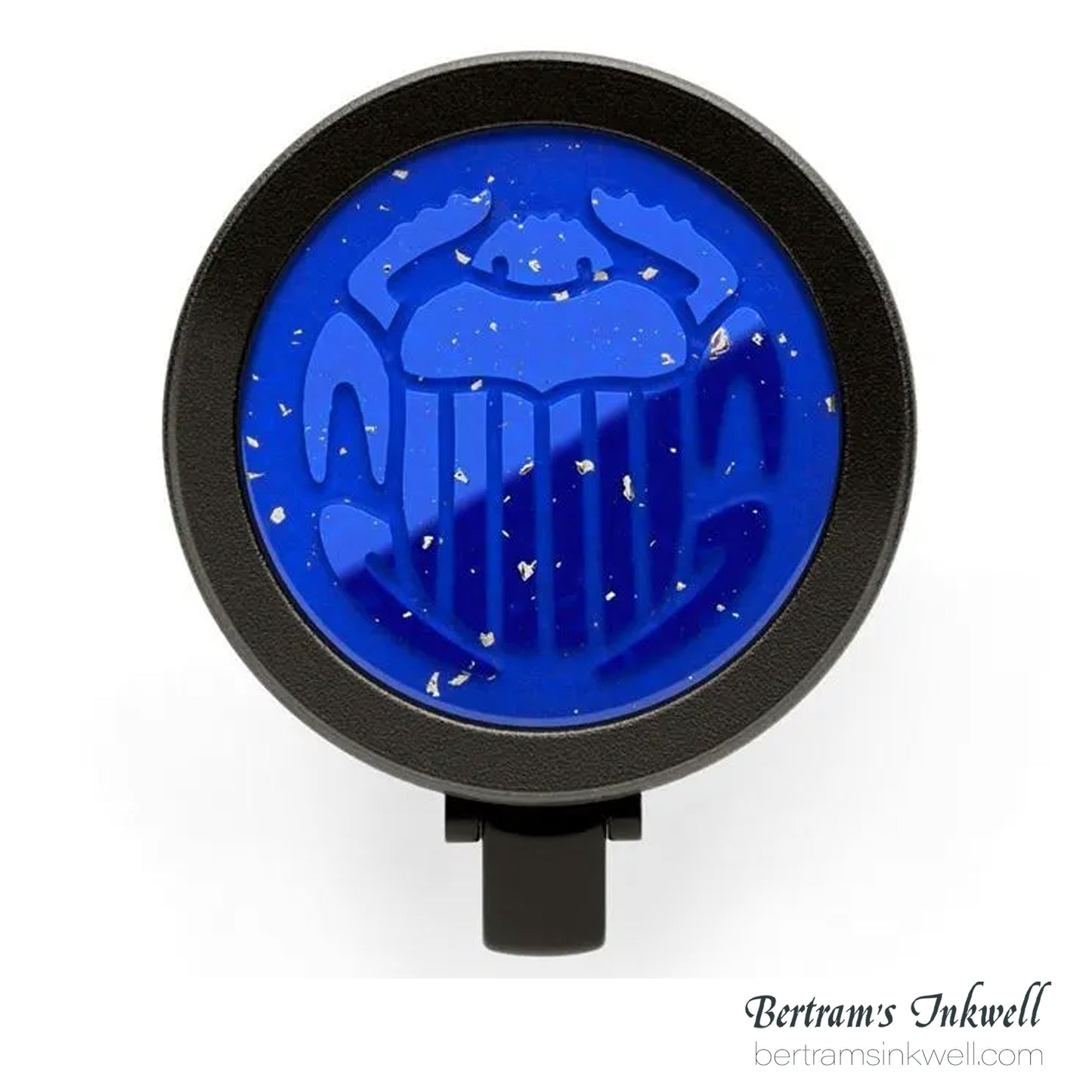
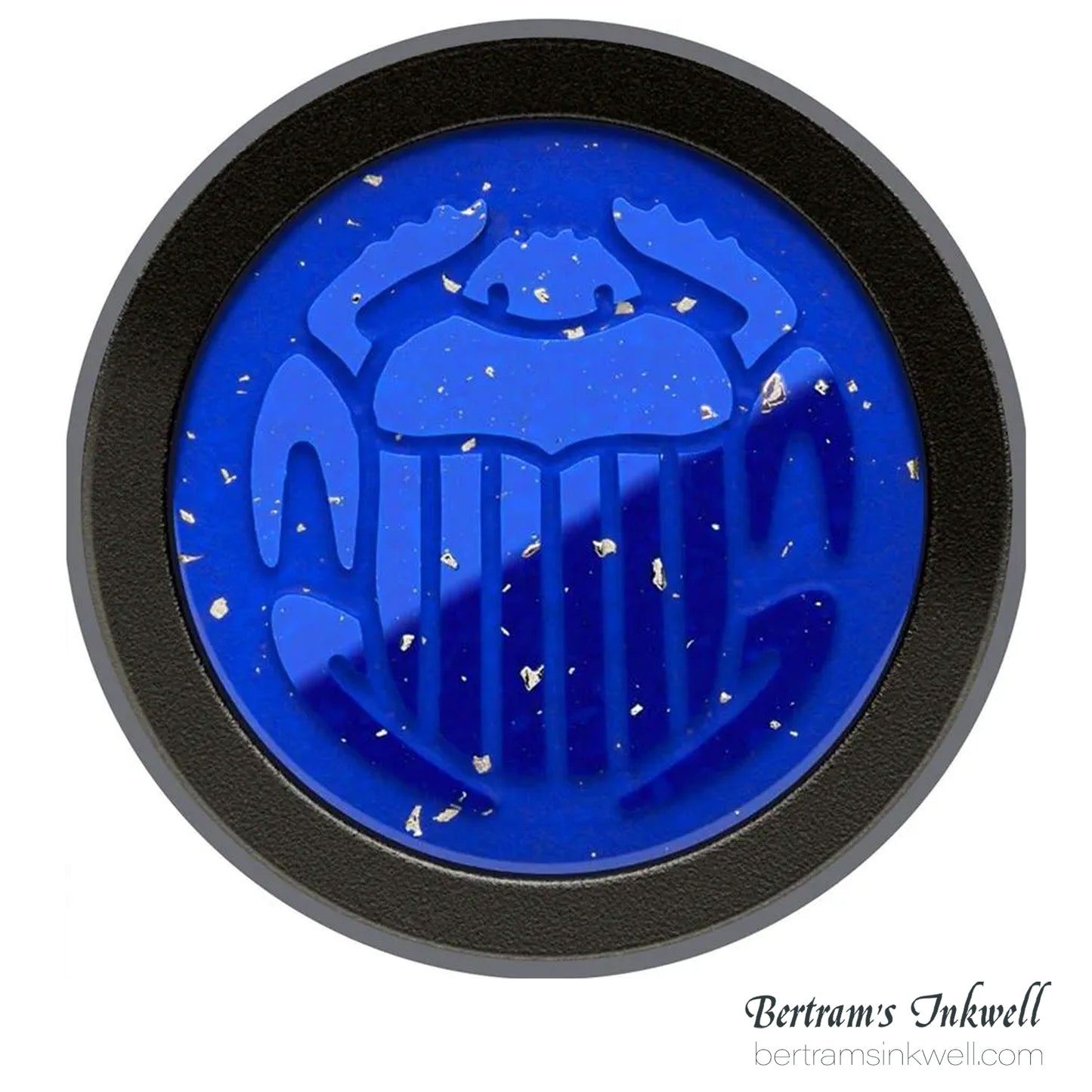

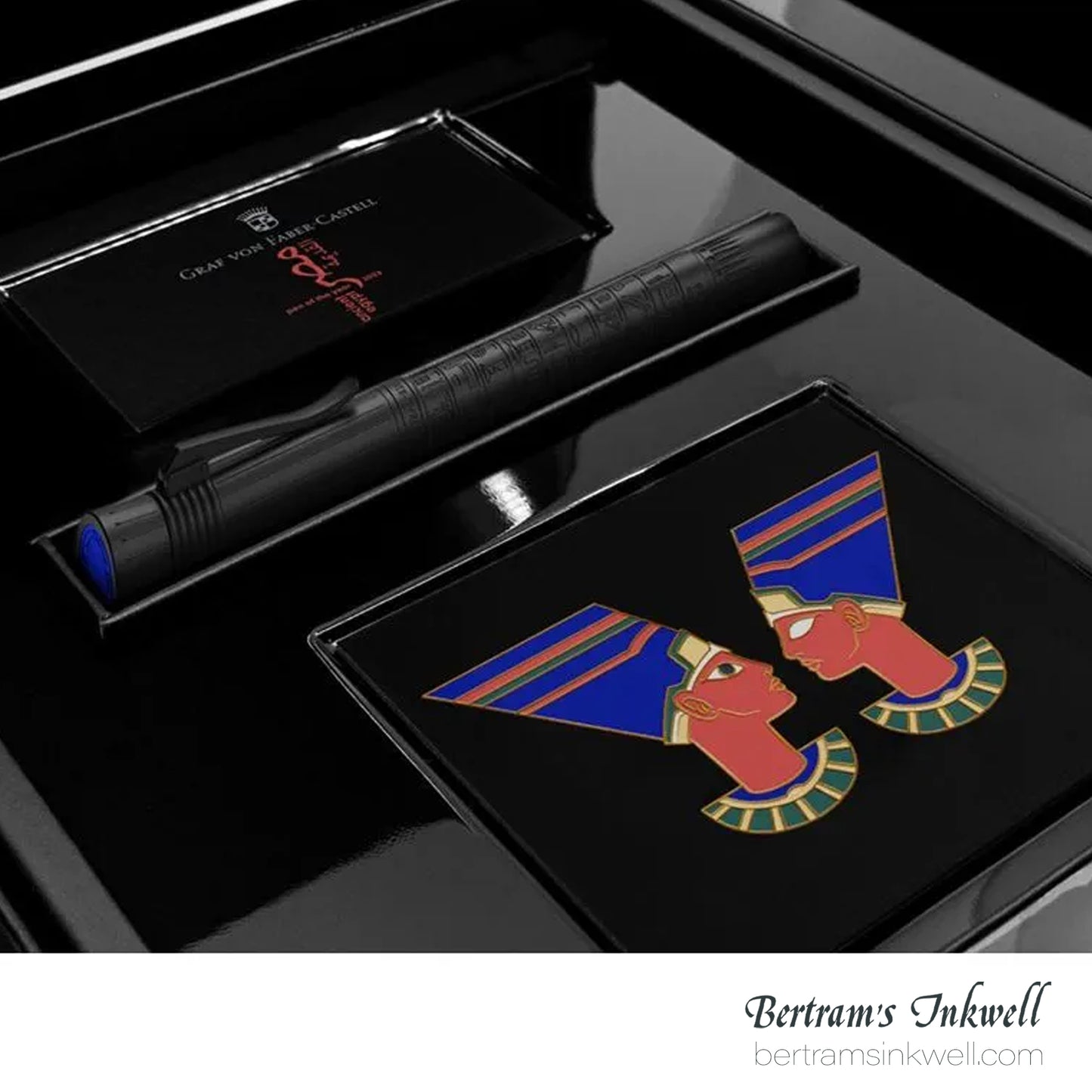
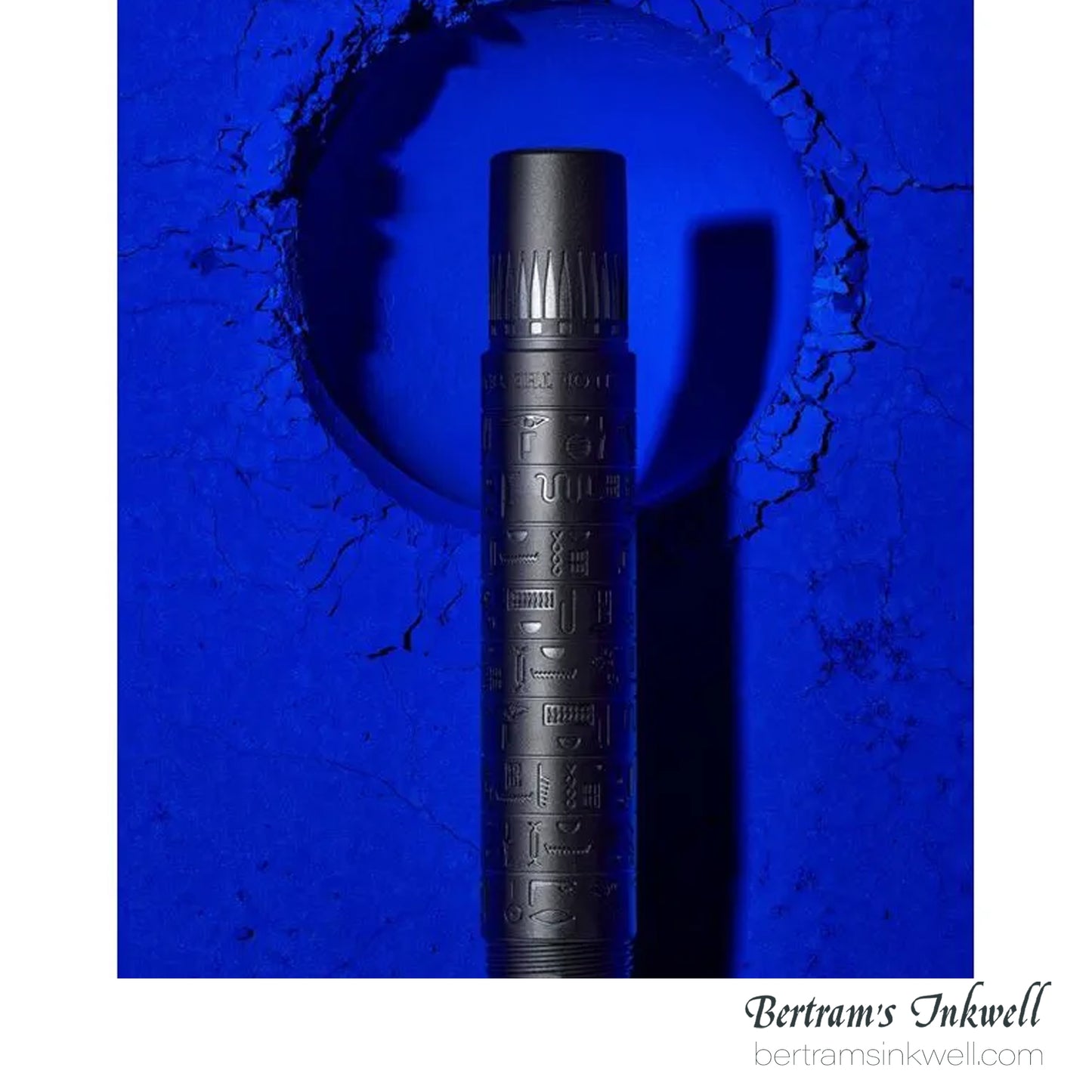

Bertram's Inkwell Gift Cards can be redeemed on-line, in person, or over the phone!
A gift card is often given as a present because it allows the recipient to choose exactly what they want to buy from Bertram's Inkwell, providing flexibility and ensuring they get something they will actually use, especially when you might not know their exact tastes or needs very well; it's a convenient way to give a thoughtful gift without the guesswork of picking out a specific item.
Here are several reasons why gift cards have become a cherished option for marking special occasions and celebrating important events:
1. **Personalization**: By opting for a gift card from Bertram's Inkwell, you show that you’ve taken the time to consider the recipient’s individual preferences, making the gift feel uniquely tailored to them.
2. **Flexibility**: The recipient enjoys the freedom to choose whatever they truly wish for within the card's value, ensuring they receive a gift that brings them joy and satisfaction, free from the risk of unwanted items.
3. **Convenience**: Gift cards can be effortlessly purchased, and available for digital delivery, allowing you to send a thoughtful gift instantly, saving you time and hassle.
4. **Budget Control**: You have the ability to select a gift card amount that aligns perfectly with your budget, allowing you to give generously while staying within your financial means.
5. **Suitability for Diverse Tastes**: When you’re unsure of someone's specific interests or preferences, a gift card opens the door to endless possibilities, empowering them to choose something that truly captures their imagination and meets their desires.
Shop by writing instrument type:
-
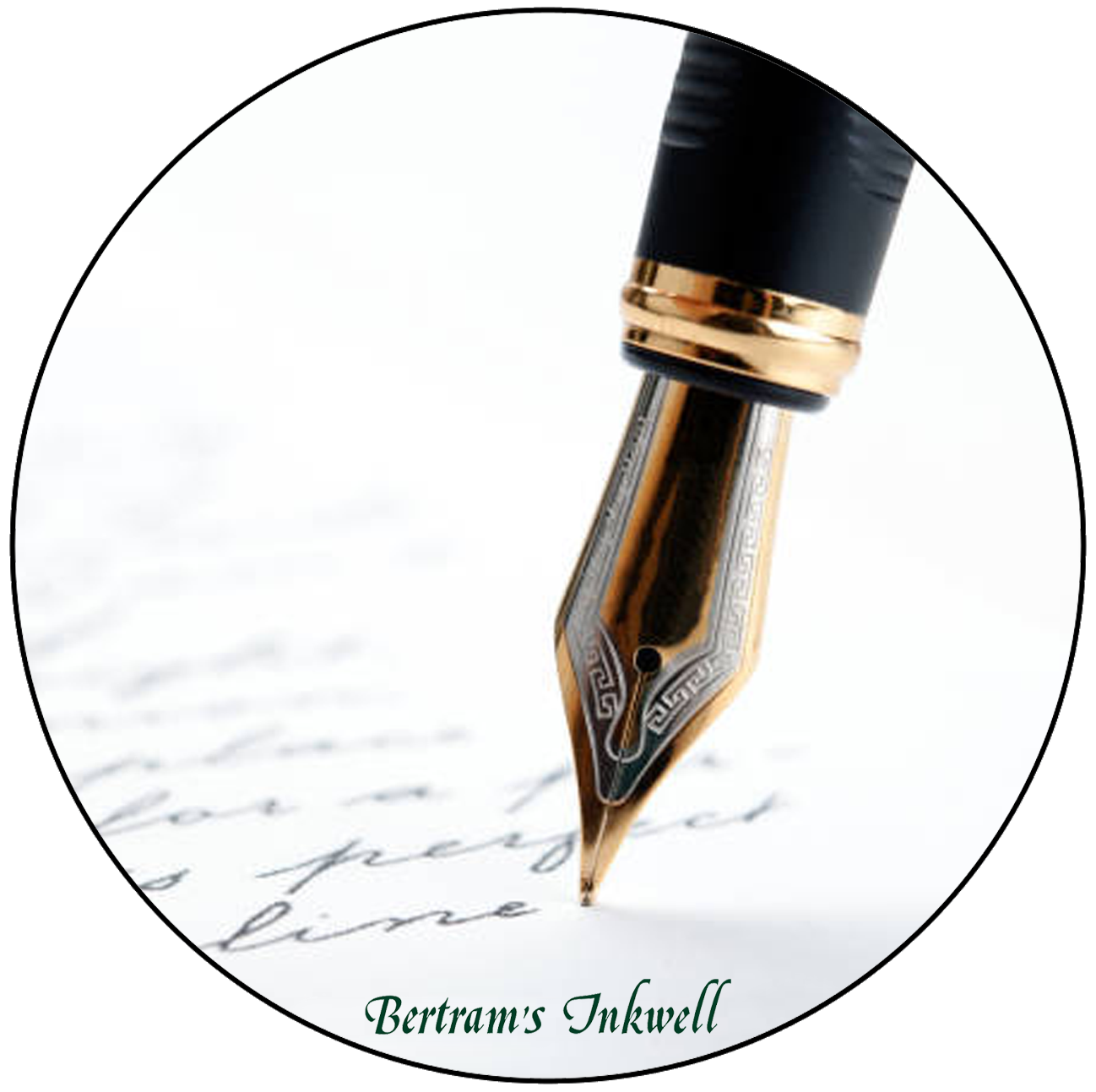
Shop Fountain Pens
Fountain pens are the epitome of timeless elegance and superior writing experience....
-
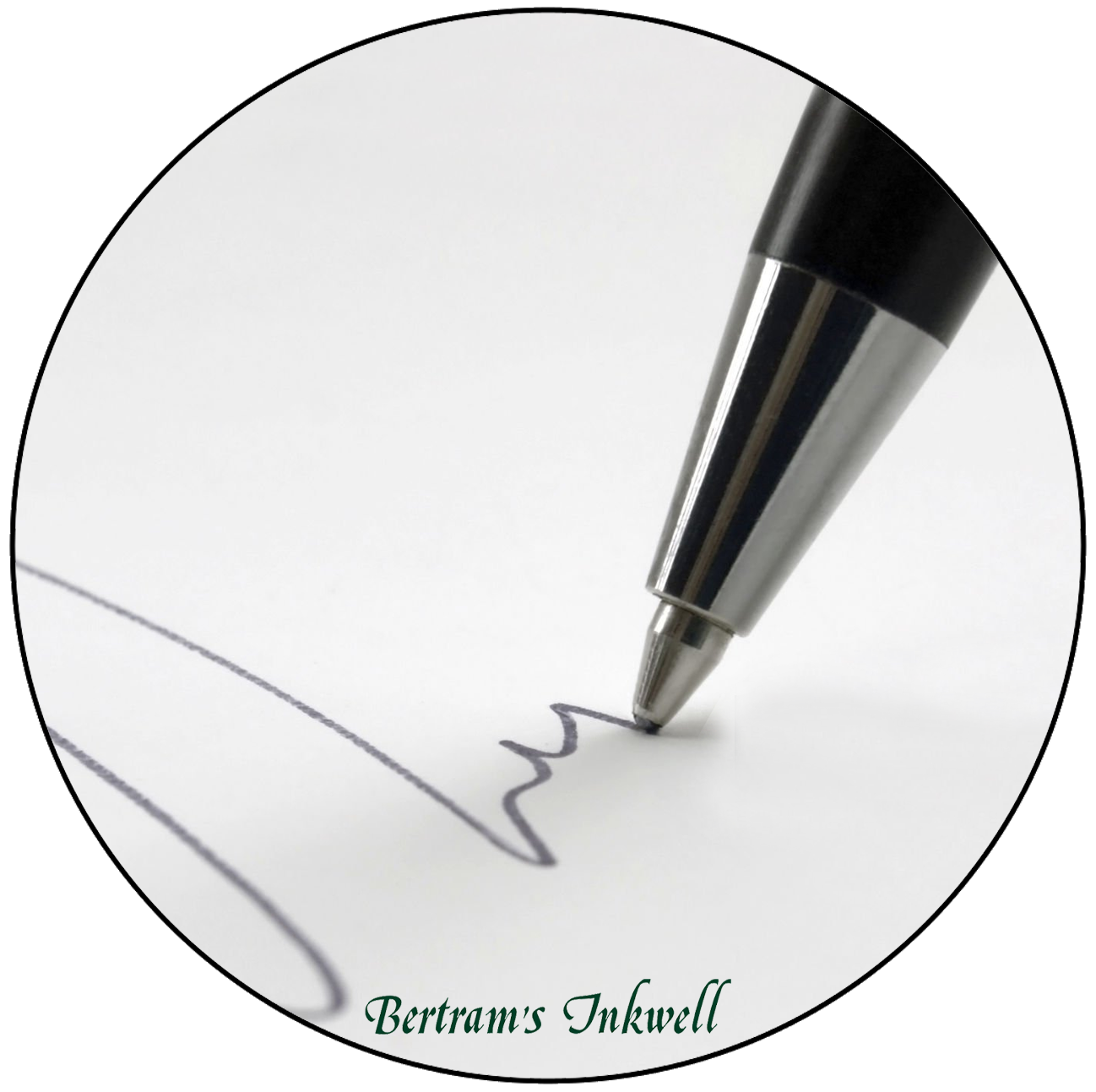
Shop Rollerball Pens
Immerse yourself in our captivating collection of rollerball pens featuring an array...
-
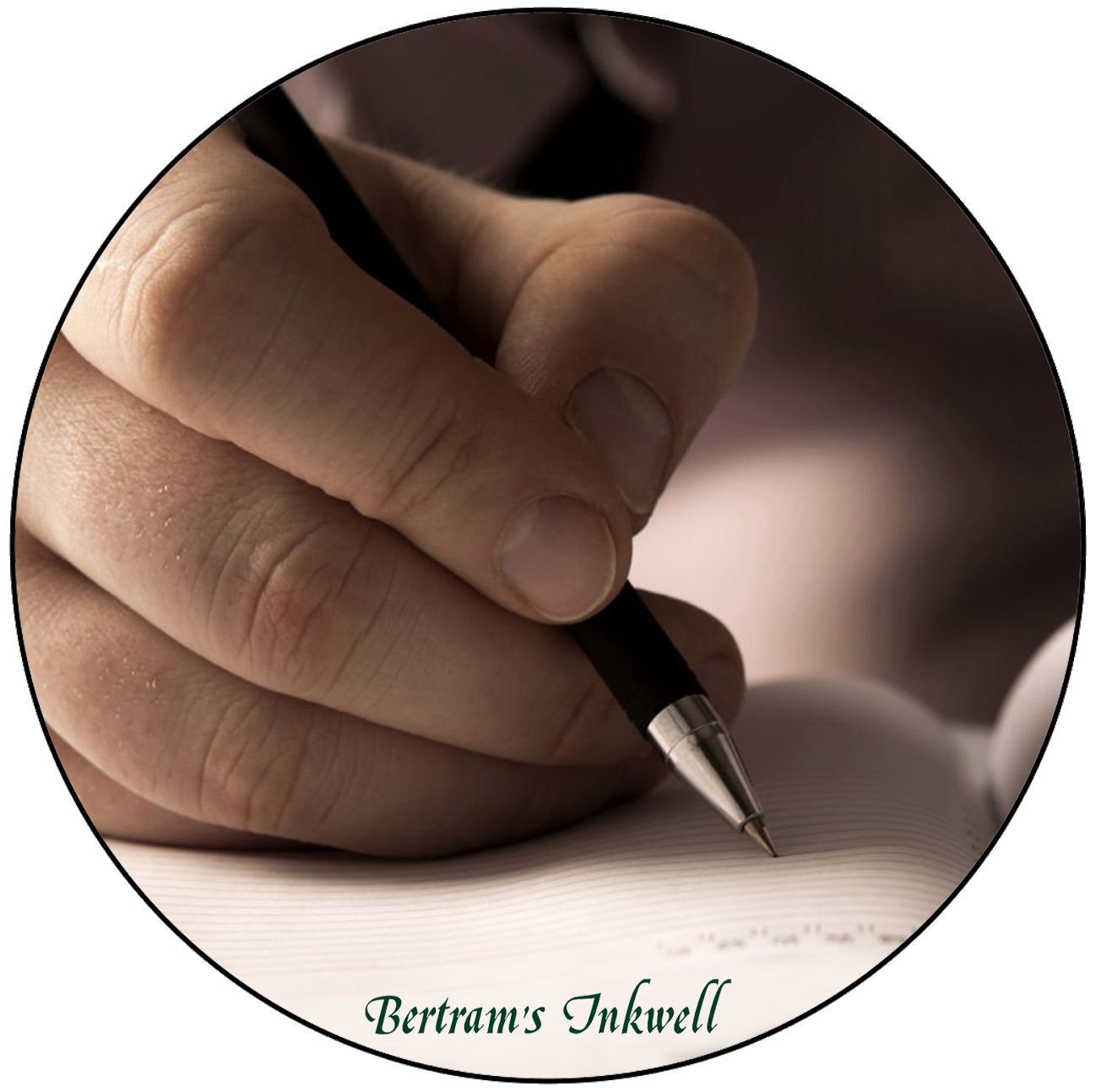
Shop Ballpoint Pens
Immerse yourself in our expansive collection of ballpoint pens, showcasing an array...
-
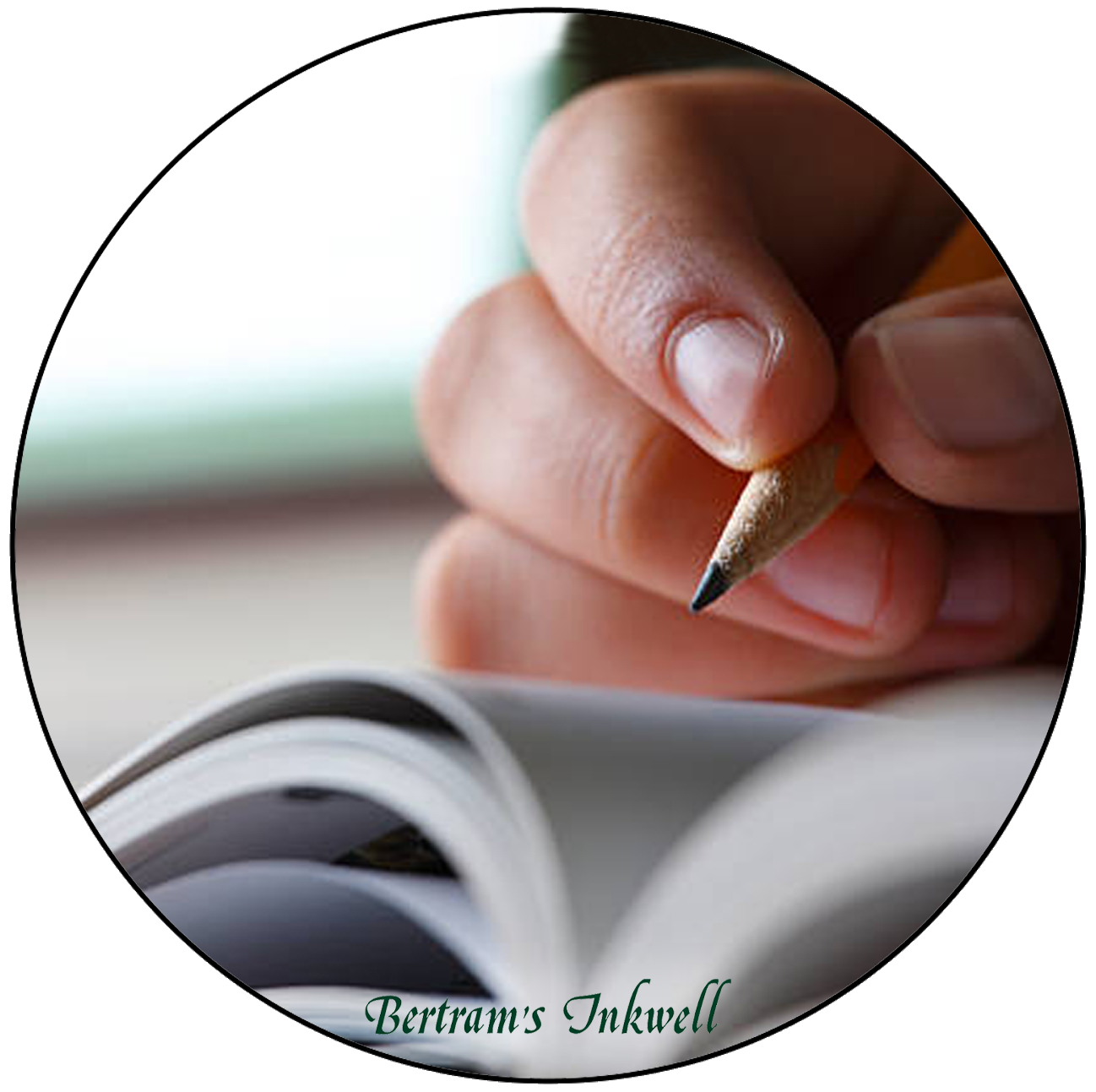
Shop Pencils
Discover our exceptional collection of pencils from the brands you know and...















